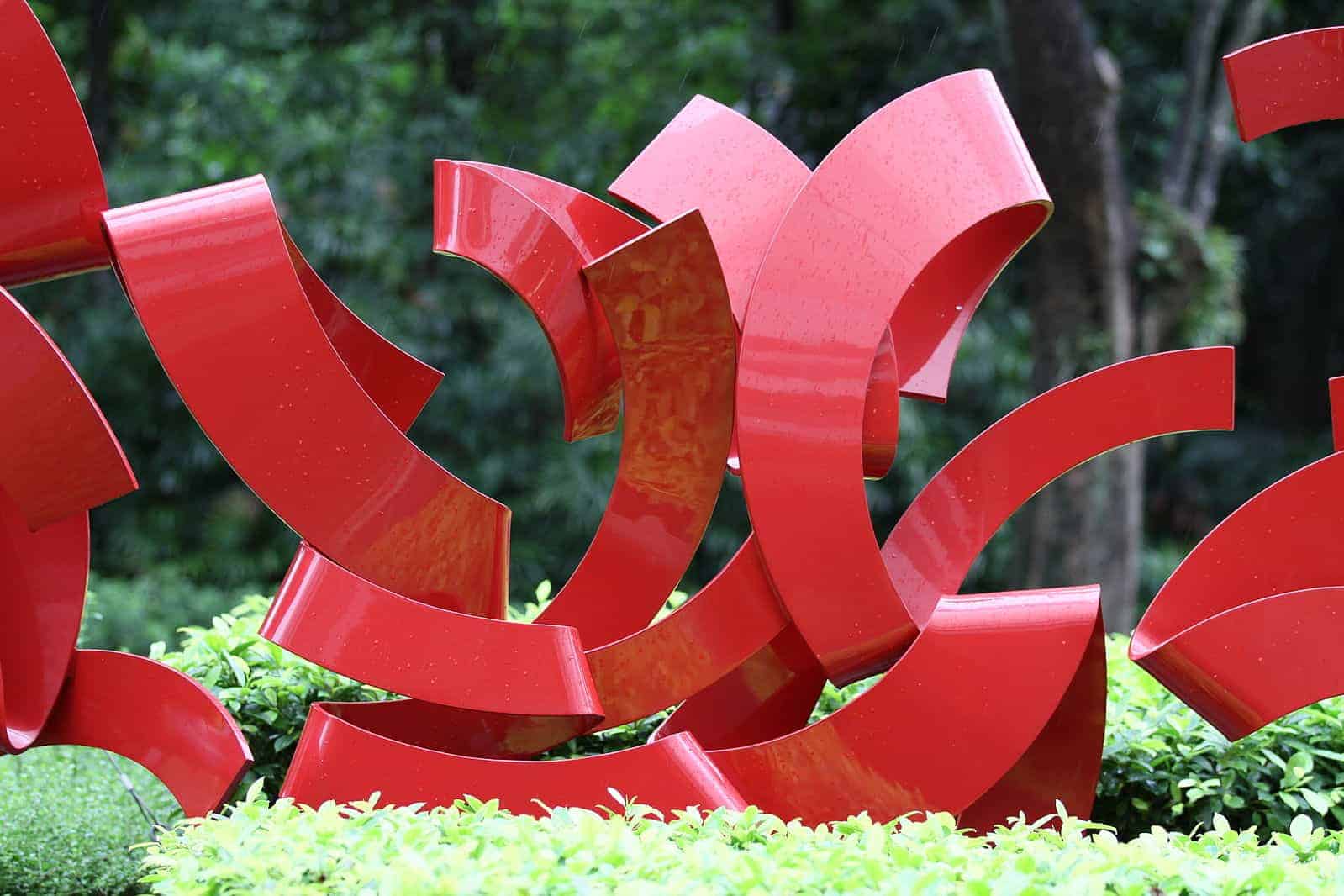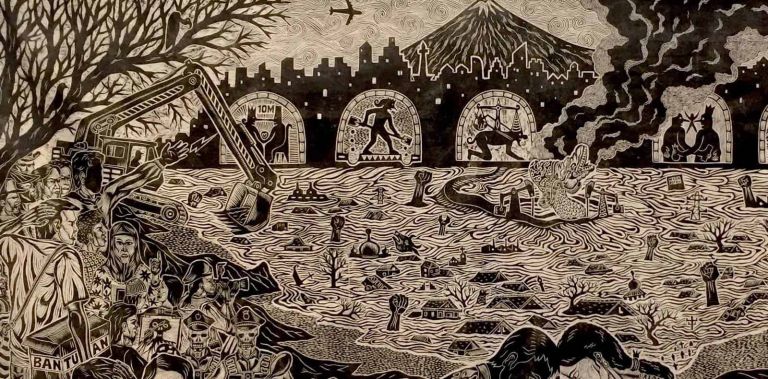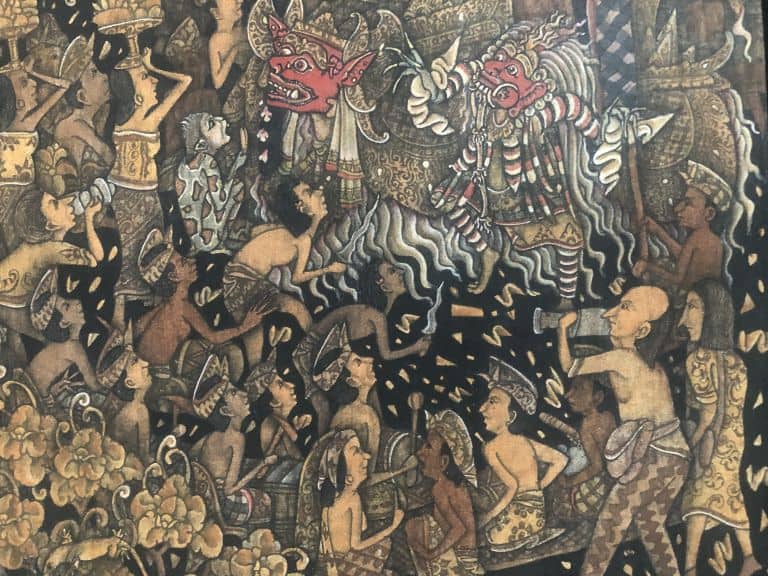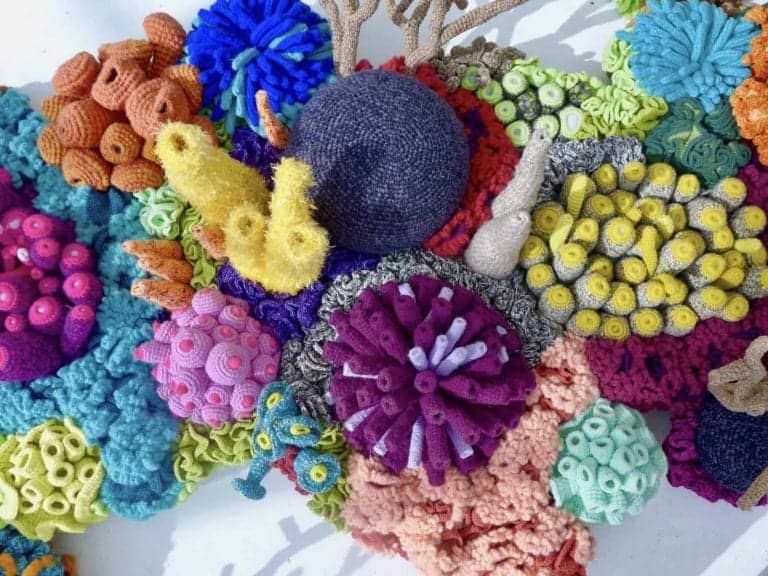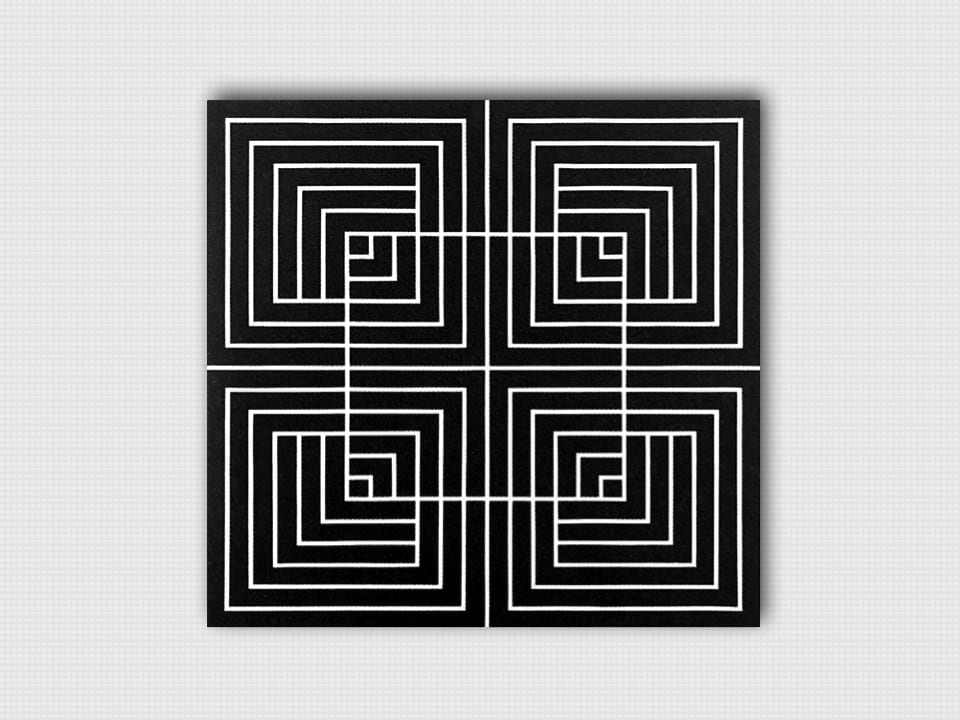
This acrylic painting is by second-generation Singapore artist Anthony Poon and consists of a repetitive series of overlapping squares, rendered in thin white (and/or thick, black) lines, placed at precise distances from one another. The overlapping forms, in consistently decreasing or increasing sizes, create an illusion of depth and three-dimensionality. Although it is rendered in monochrome, the work is dynamic, eye-catching and strangely hypnotic.
Allow your gaze to roam around the painting and then let it settle in the intersections between the horizontal and vertical lines. What do you see? Illusory grey dots or smudges appear but, if you focus on them, they disappear again. The contrasting colours and the grid appearance creates an optical illusion that is called the Hermann grid, after German physiologist Ludimar Hermann, who discovered the illusion while he was reading a physics text in which the figures were printed in a matrix-like arrangement.
Anthony Poon, who is generally regarded as one of the forerunners of the modernist art movement in Singapore, left for the United Kingdom to further his artistic education in 1967. He arrived at a time when a massive youth-driven cultural revolution was taking place, with Swinging London as its centre. It was an exciting era that saw a flourishing of experimentation and growth in music (the Beatles!), fashion (Mary Quant! Twiggy! Jean Shrimpton!) – and, of course, in art.
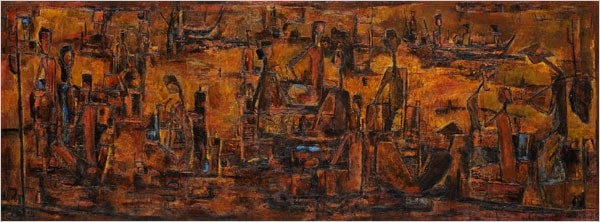
Fishing Village, painted in 1966, is an example of Poon’s artistic style prior to his departure for London. It demonstrates the influence of his teacher, Cheong Soo Pieng, who is one of Singapore’s most well-known artists of the pioneer generation and who taught him at the Nanyang Academy of Fine Arts. However, his stint at art school in the UK would serve to change his practice indelibly. While there, the young Poon was exposed to the artistic currents sweeping through the West at the time, including Geometric Abstraction, Hard-Edge painting and Op Art.
By the time Poon returned to Singapore, his practice had transformed dramatically. His first major body of work, begun while he was still in London, was the Kite series. Drawing on the traditional motifs of Malay kites, he created flat, geometrically shaped canvases filled with optically complex patterns. While these works contrast starkly to works from his earlier practice, it has been suggested that the Kite series represents Poon’s attempt to negotiate the leap between his earlier NAFA training and Nanyang style influences (with the lingering impetus to incorporate cultural elements from his home region) and cross that mental threshold into a new phase of artistic experimentation.
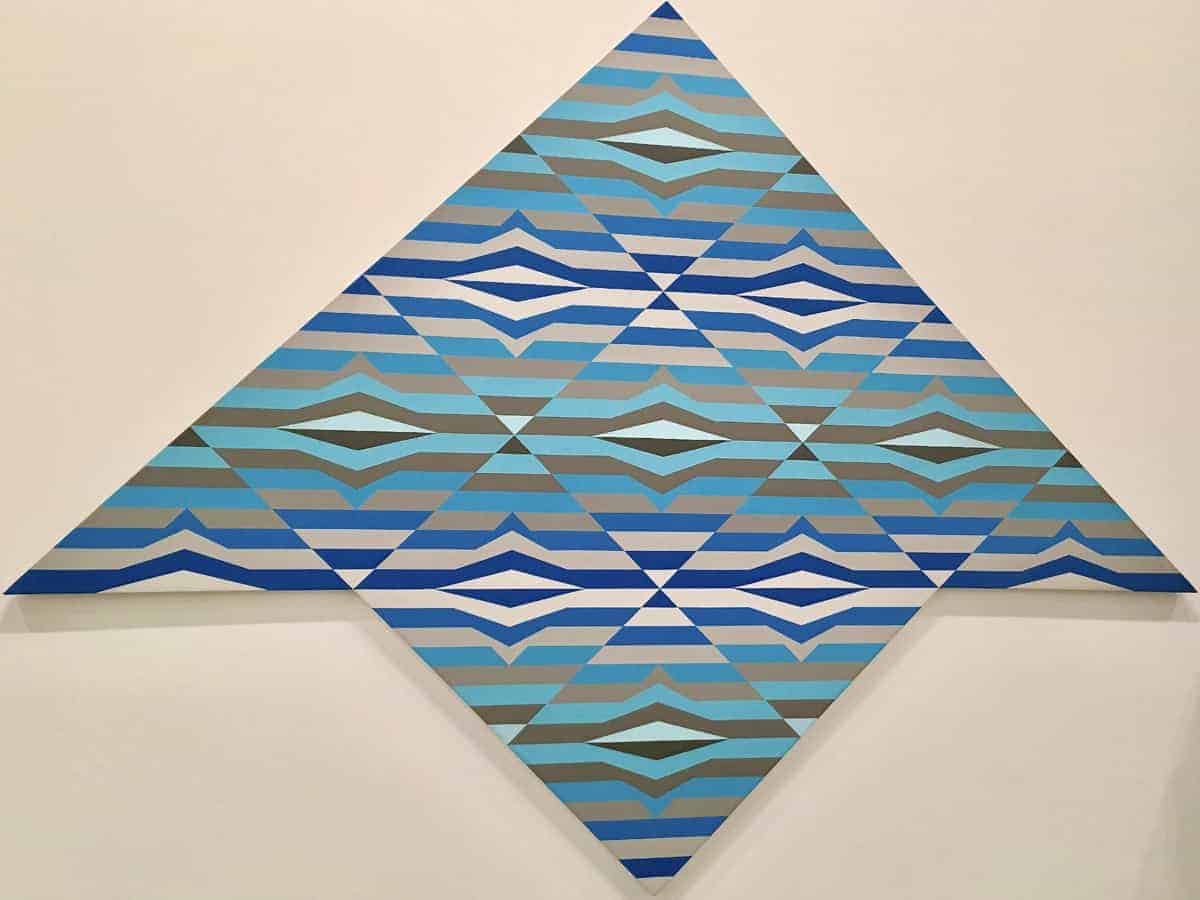
Poon’s working process was extremely meticulous, with a rigorous attention to detail, design and draughtsmanship. He would make a preparatory study on graph paper, plotting the sketch to scale and designating each strip with an assigned colour before assembling a maquette – a minature composition of the work, again crafted to scale. Only when he deemed the maquette satisfactory would the final work be executed.
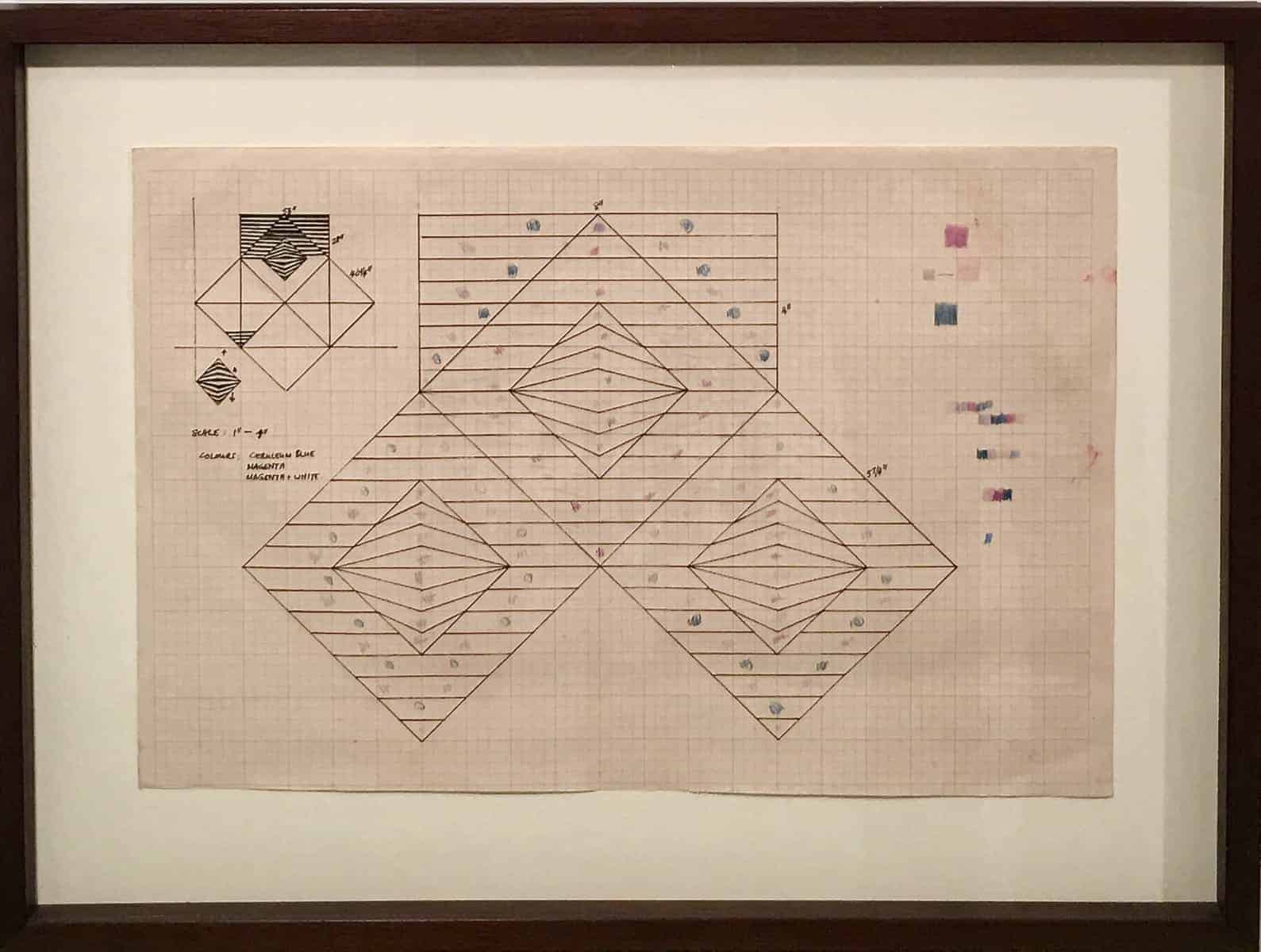
It was Poon’s next series of Wave paintings that would come to be regarded as his signature. Inspired by the flowing curvilinear form of frequency waves, he filled his canvases with undulating waves of colour that were full of movement and energy. In the 1980s, Poon took this further – breaking free from the constraints of the two-dimensional canvas, he began to create three-dimensional works in relief (in art, this refers to a wall-mounted sculpture in which the three-dimensional elements are raised from a flat base). Poon used strips of aluminium embedded underneath the stretched canvas to create this effect. Throughout his experiments and explorations, Poon continued to stay true to his deep and abiding interest in the systematic use of art’s most basic components – form, line and colour.
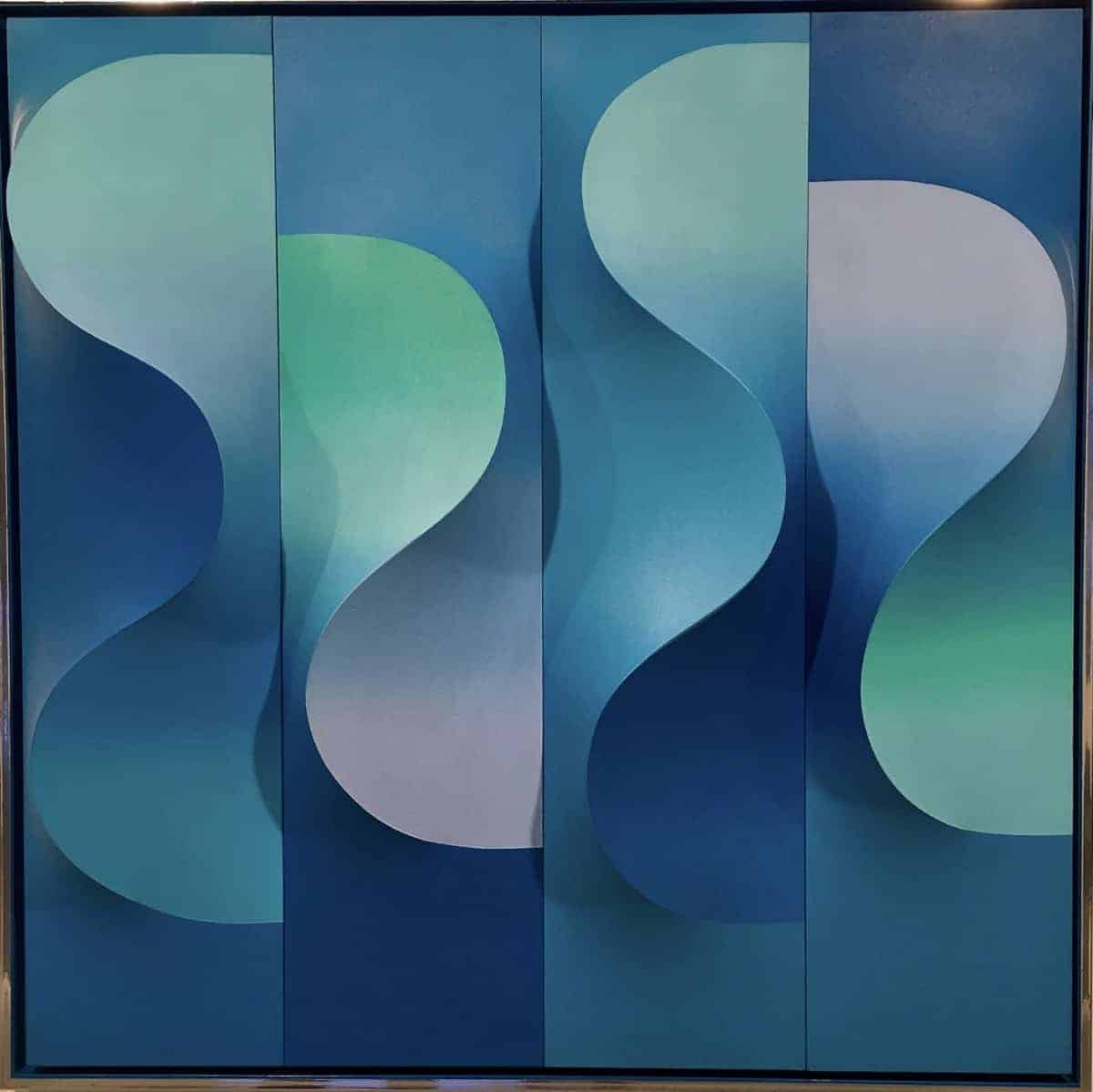
These three-dimensional works were the precursors to Poon’s public sculptures, which he started working on in the early 1990s. The artist created many such works and received numerous commissions through the decades from various organisations, both in Singapore and overseas. Like his paintings, Poon’s sculptures are meticulously and precisely rendered and feature geometric shapes and ribbons that twirl in a complex interplay of form, line and colour.
